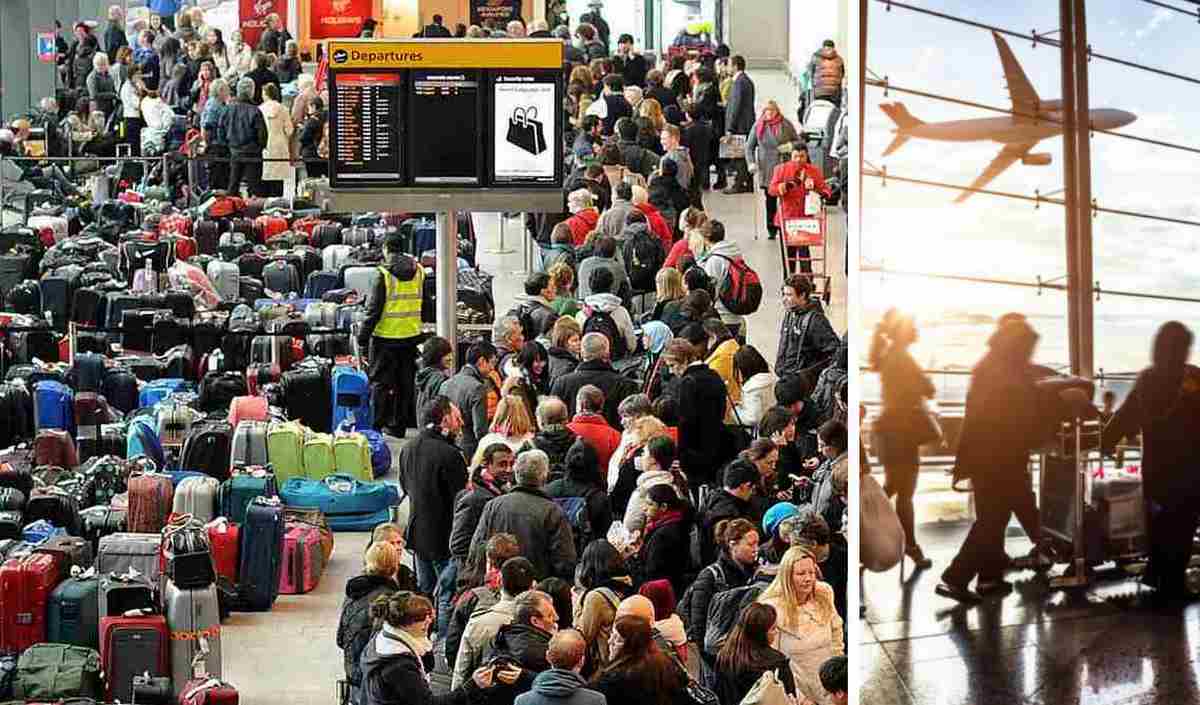Europe is facing widespread complaints from travellers as the new EU Entry/Exit System (EES) creates long queues, flight delays and chaotic scenes at airports. Visitors from non-EU countries — including British, American and Ukrainian tourists — are experiencing the most difficulties.
What is happening at European airports
Since October, several EU airports have begun testing the EES system, which will soon become mandatory. Upon their first entry into the Schengen Area, travellers must:
-
provide fingerprints,
-
undergo a facial scan,
-
register their data at an automated kiosk instead of receiving a passport stamp.
In reality, the system is unstable. Airports in France, Spain, Portugal, Italy and Greece report delays ranging from 40 minutes to several hours.
A journalist from Which? nearly missed a flight from Gran Canaria due to malfunctioning scanners. Border staff in Alicante described the system as “terrible” and “full of flaws.”
Why chaos emerged
The EES system was introduced to:
-
strengthen border security,
-
better track overstays,
-
combat identity fraud and document misuse.
However, in practice it has led to:
-
frequent technical failures,
-
long queues,
-
disrupted boarding processes,
-
confusion among travellers,
-
increased pressure on airport staff.
Eyewitnesses say queues “moved at a snail’s pace,” some passengers cried in panic, and security staff had to control the crowd.
Who is most affected
The longest delays are expected for travellers from outside the EU, including:
-
Ukraine (for first-time biometric entry),
-
the United Kingdom,
-
the United States,
-
Turkey,
-
Serbia,
-
many countries in Latin America and Asia.
These are the travellers who normally receive stamps on arrival.
DIP recommendations for travellers
To avoid problems, travellers should:
-
arrive at the airport at least 3 hours before departure;
-
check whether the airport uses EES;
-
keep documents ready;
-
follow border staff instructions carefully;
-
allow extra time for transfers.
What is the EES system?
The Entry/Exit System (EES):
-
automatically records entry and exit dates,
-
stores biometric data,
-
replaces manual passport stamping,
-
enforces the 90/180-day rule.
The launch of EES has been postponed multiple times — originally planned for 2020, it is now expected to become fully mandatory in April 2025.
What to expect next
Over the coming months travellers should be prepared for:
-
longer queues at border control,
-
slower processing times,
-
increased risk of missing connections,
-
temporary technical issues.

